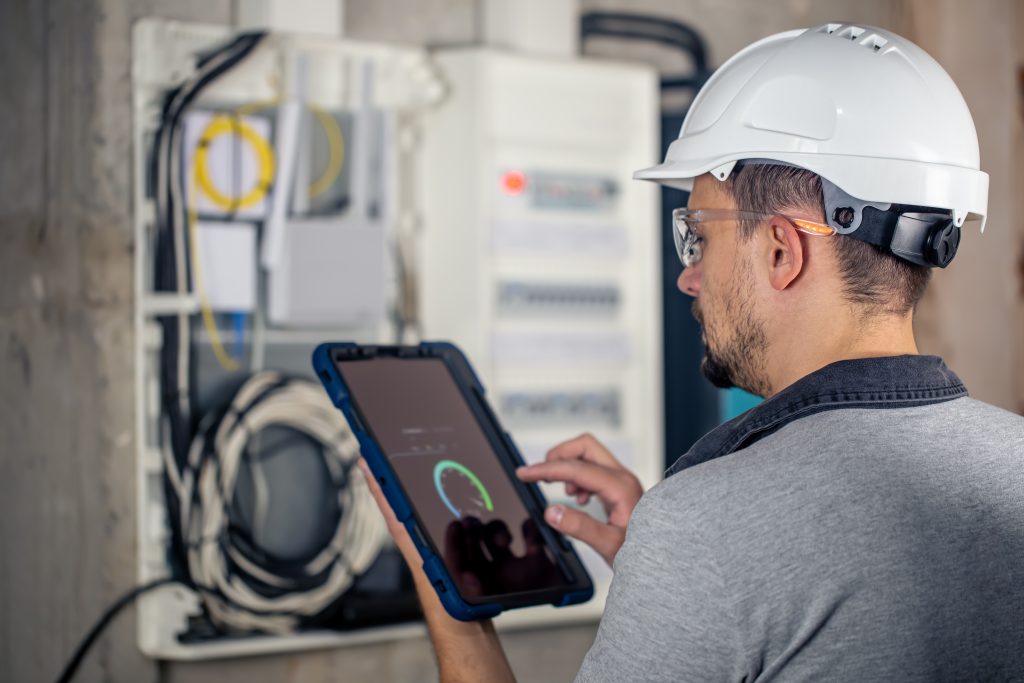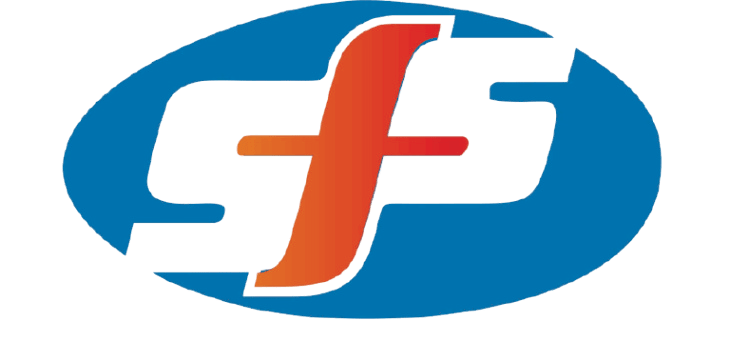
"Optimize Performance, Save Energy"
“Comprehensive Energy Audits for Water Pump Systems Efficiency, Sustainability, Reliability.”
Conducting an energy audit for water pumps is a strategic process to identify inefficiencies, reduce energy consumption, and improve the overall performance of the pump system
Energy Audit In Water Pumps
An energy audit in water pumps is a systematic process of analyzing the energy consumption and efficiency of a water pumping system. The primary goal is to identify inefficiencies, optimize operations, and reduce energy use while maintaining or improving system performance. This is especially important in industries, agriculture, municipalities, and residential settings where water pumps are significant energy consumers.
Energy audits are crucial because they identify inefficiencies, reduce operational costs, and contribute to environmental sustainability. By evaluating energy usage, these audits uncover areas where energy is wasted, allowing for targeted improvements that enhance system performance. For water pumps, energy audits can lead to significant cost savings, longer equipment lifespans, and better compliance with energy efficiency standards. Additionally, optimizing energy use aligns with global efforts to reduce carbon footprints and promote sustainability. Ultimately, energy audits help businesses and industries operate more efficiently, reduce expenses, and minimize their environmental impact.
Key Components of an Energy Audit in Water Pumps
An energy audit for water pumps involves analyzing system data, comparing performance to its best efficiency point (BEP), and identifying inefficiencies in energy consumption, motors, and components. Based on the findings, solutions like pump retrofitting or installing variable frequency drives (VFDs) are recommended to optimize efficiency and reduce energy usage.
Data Collection
Performance Analysis
Energy Usage Review
Efficiency Solutions
Hands-On Support
Here's an outline of how to perform an energy audit for water pumps
Pre-Audit Preparation
Gather Data: Collect information on pump specifications, operating conditions, energy bills, maintenance records, and system design.
Define Objectives: Set clear goals for the audit (e.g., reduce energy costs, improve efficiency, enhance sustainability).
System Assessment
Pump Performance Analysis
- Check Pump Specifications:
- Design flow rate.
- Total dynamic head (TDH).
- Pump efficiency.
- Measure Actual Performance:
- Flow rate (using flow meters).
- Pressure (suction and discharge).
- Power input (kW or HP).
Analyze Operating Conditions
- Evaluate the match between the pump’s design parameters and the actual system demand.
- Check for over-pumping, throttling, or frequent start-stop cycles.
Identify Components of the System
- Pumps.
- Motors and drives.
- Piping system (diameter, length, fittings).
- Control systems (VFDs, valves, etc.).
Lorem ipsum dolor sit amet, consectetur adipiscing elit. Ut elit tellus, luctus nec ullamcorper mattis, pulvinar dapibus leo.
Energy Usage Analysis
Key Metrics to Monitor
- Energy consumption (kWh).
- Pump efficiency (%) = (Water Power / Shaft Power) × 100.
- Operating hours and load variations.
- Power Consumption: Measure or calculate energy used over time.
- Use power meters or clamp meters.
- Analyze historical data for patterns and peaks.
- Pump Efficiency: Compare actual efficiency against the best efficiency point (BEP).
Identify Inefficiencies
- Oversized or undersized pumps.
- Poor system design (e.g., excessive friction losses).
- Lack of maintenance (e.g., worn impellers, misaligned shafts).
- Use of fixed-speed drives instead of variable frequency drives (VFDs).
- Obstructions or leaks in the system.
Recommendations for Optimization
Short-Term Measures
- Replace worn-out parts (e.g., seals, bearings, impellers).
- Adjust pump settings to align with system requirements.
- Repair leaks and clean filters.
Long-Term Measures
- Retrofit with energy-efficient pumps.
- Install VFDs for variable demand systems.
- Optimize the piping layout to reduce friction losses.
- Replace outdated motors with energy-efficient models (e.g., IE3/IE4 motors).
Lorem ipsum dolor sit amet, consectetur adipiscing elit. Ut elit tellus, luctus nec ullamcorper mattis, pulvinar dapibus leo.
Cost-Benefit Analysis
- Evaluate savings in energy costs versus investment in upgrades.
- Calculate payback periods for retrofits or replacements.
Monitoring and Maintenance
- Implement continuous monitoring systems for energy usage and pump performance.
- Establish a routine maintenance schedule to sustain efficiency gains.
